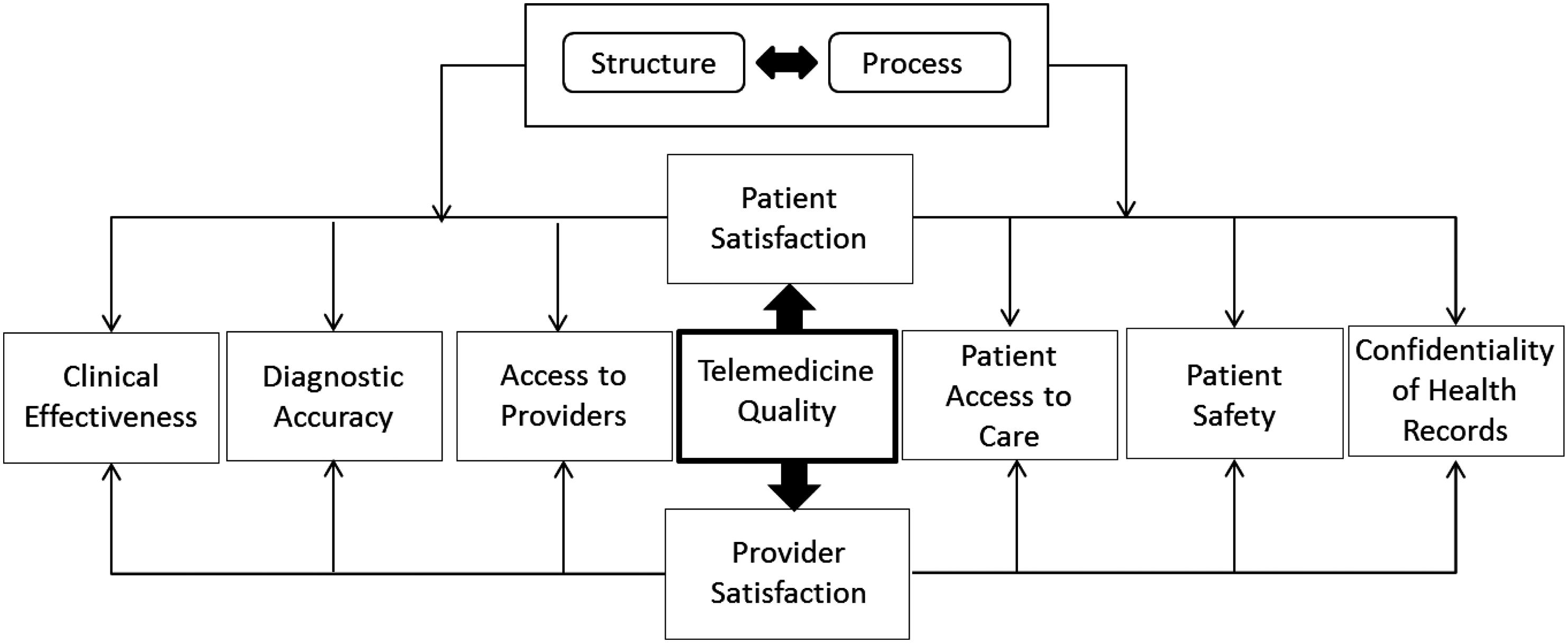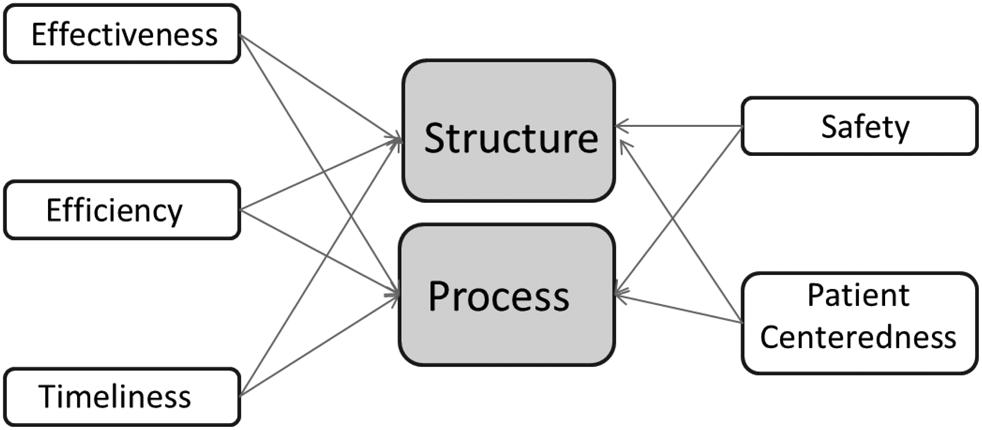
1 minute read
Clinical Outcomes as a Measure of Value
and the biggest, the double bass, sometimes called the contrabass. Now, picture a scenario in which the violinists have conflicting interpretations of the music piece’s goal. In this case, the result is a cacophony. Without a shared goal, it is impossible to reach a harmonious convergence of all stakeholders’ interests and efforts. One would be hard pressed to find another industry with this many conflicting goals and priorities—everything from access to care, exceptional patient experience, safety, cost containment, more pricing transparency, high quality, convenience, coordination of care, patient satisfaction, better outcomes, patient-centeredness, etc.
The short-term nature of the patient–payee relationship creates a significant challenge for the measurement of value. Healthcare activities are interdependent; therefore, value for patients is often revealed only over time and is manifested in longer-term outcomes such as sustainable recovery, the need for ongoing interventions, or treatment-induced illnesses (IOM, 2006). For patients with multiple medical conditions, value should be measured for each condition, with the presence of the other conditions used for risk adjustment. This approach allows relevant comparisons among patients’ results, including comparisons of providers’ ability to care for patients with complex conditions (Porter, 2010).
Advertisement
With the growing debate about value, the way a patient or consumer perceives value in pharmaceuticals is transforming. According to McKesson, traditionally, value to a patient was based heavily on convenience, as measured by location, cost, and speed (McKesson, 2017). However, as more of the healthcare spending burden shifts to the patient, value is taking on new meaning. Going forward, value is becoming all about the quality of care. An early indication that quality was becoming a key influence in pharmacy choice came in a study published in 2013. The study, published in the Journal of the American Medical Association (JAMA), showed new beneficiaries in Medicare Advantage plans were making enrollment decisions based on Medicare’s Five-Star Quality Rating program. The study found that the likelihood of enrolling increased by 9.5 percentage points for every one-star rating increase.
Determining the relevant outcomes to measure for any medical condition (or patient population in the primary care context) is never easy. Outcomes should include the health circumstances most relevant to patients.





